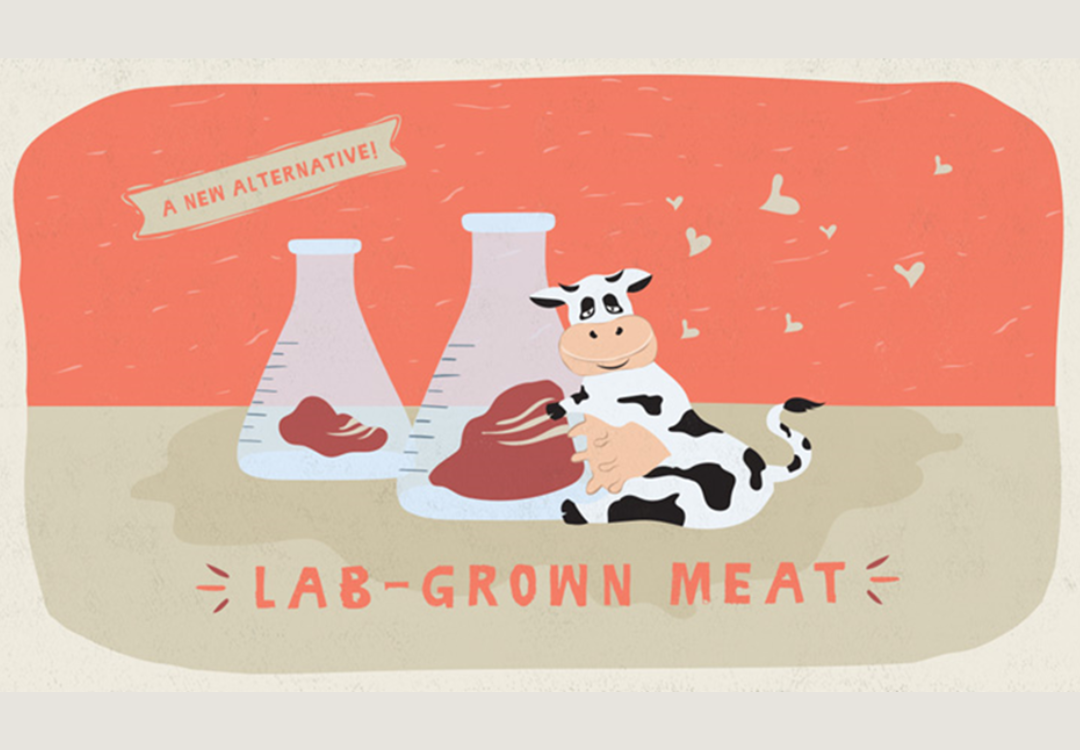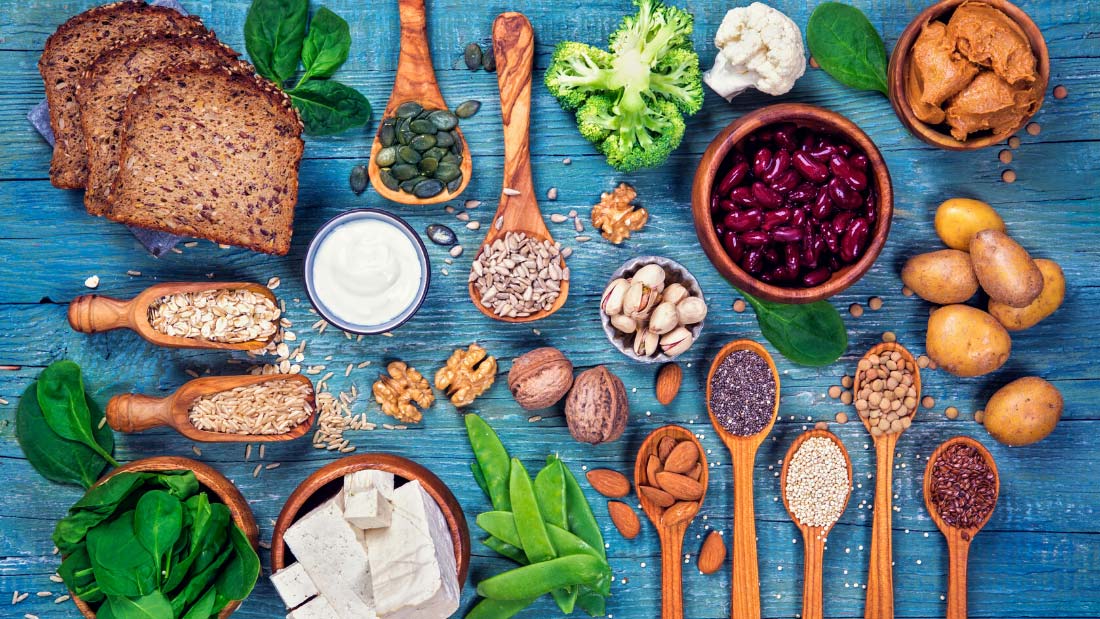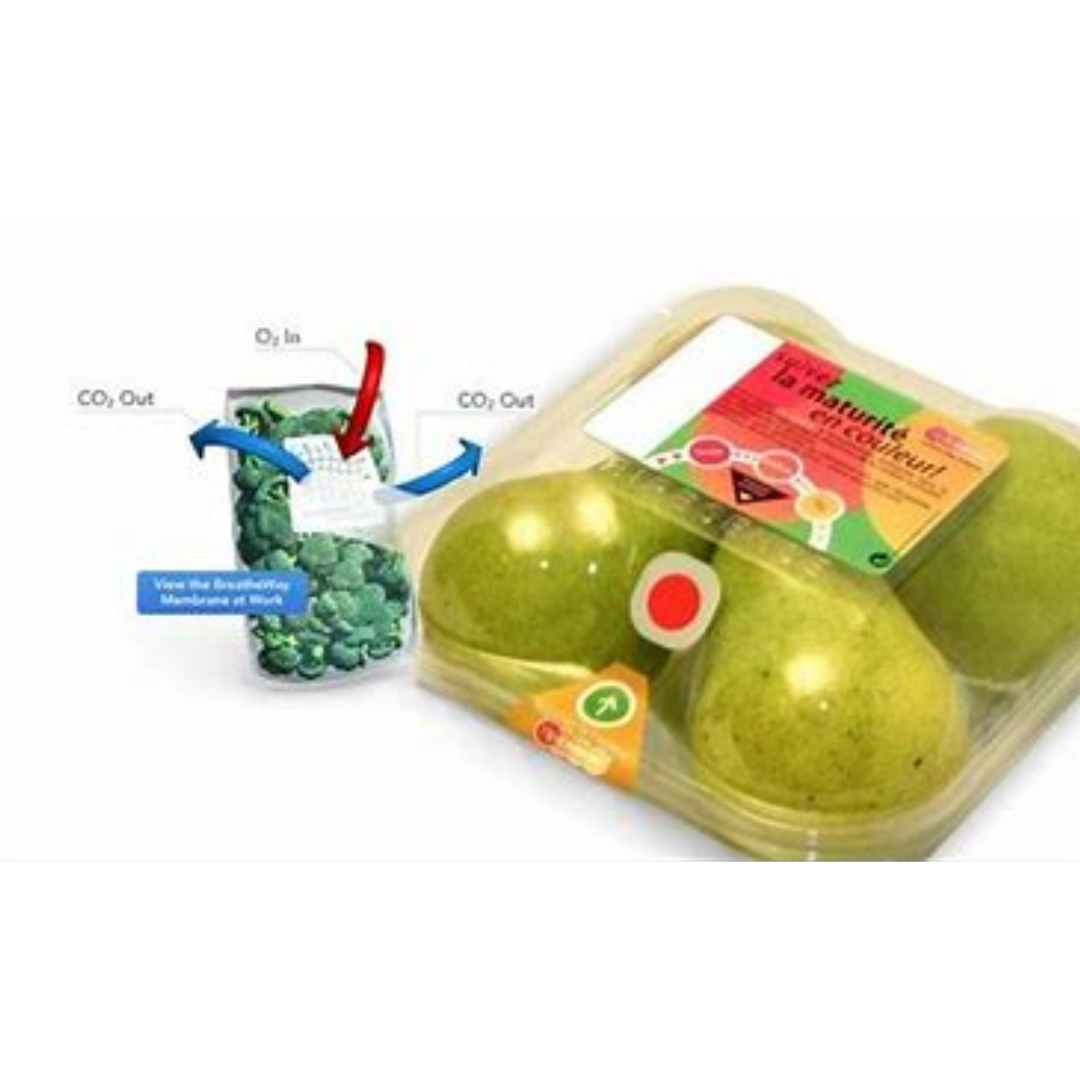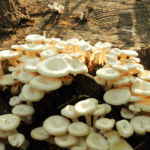A Primer on Lab-Grown Meat.
The global population is projected to reach 9.8 billion by 2050 according to the UNDES report from 2021. To meet the needs of this expanding population, livestock production must increase to 455 million tons for consumption, which represents approximately 40% growth compared to the levels in 2019 as noted by Gerber and colleagues in 2019. However, the current practice of animal farming is responsible for 14.5% of human-caused greenhouse gas emissions. This is mainly due to the release of methane and nitrous oxide, potent gases that contribute significantly to global warming effects, surpassing even the impact of carbon dioxide, as pointed out by Bohnes and Laurent in 2021. Moreover, the substantial land and water resources necessary for livestock production exacerbate issues related to carbon emissions and environmental impact. All of these factors collectively contribute to the overall carbon and environmental footprints.
40% of meat consumption globally is from animal meat and this demand is expected to double by 2050 (FAO, 2009). To address queries related to global-scale meat consumption and to meet the meat demand, lab-grown meat could play a crucial role.
Cultured meat refers to meat produced by using artificial cell culture. It is made by growing master cells produced by collecting samples from cattle, pigs, and other livestock. The meat is artificially produced by using tissue engineering techniques. Except for when cells are collected, existing livestock is not used in the production processes. Cultured meat is seen as a new field in food products, where livestock meat is recreated without killing farm animals.
The production process of cultured meat
Cultured meat is generated with the technology of tissue engineering, where stem cell lines can multiply and be distinguished into meat elements used to produce cultured meat (Arshad et al., 2017). These cells, which are extracted from embryos or biopsied from cattle, are grown in tiny cell cultures before being extended in a seed simulation that offers medium and optimal growth affection for cell proliferation (Ben-Arye & Levenberg, 2019). These cells are then moved to bioreactors where they develop muscle tissue by growing on scaffolds. The tissue is generally in slim layers when collected, and it must be piled to mimic meat products of a specified thickness. Multiple types of cells can also be co-cultured together to form a 3D cultured meat (Young & Skrivergaard, 2020).

Cultured meat production process ( Global lab-grown meat market insights )
Trends in Global consumption
Global Lab Grown Meat size was valued at USD 123.04 million in 2021 and is poised to grow from USD 173.24 million in 2022 to USD 740 million by 2030, growing at a CAGR OF 21.9% in the forecast period (2023-2030).

Singapore famously became the world’s first country to approve the sale of cultivated meat in 2020 when it gave the go-ahead for Eat Just’s chicken nuggets. Cultivated meat products are approved by the Singapore Food Agency (SFA) on a case-by-case basis, with producers submitting safety assessments to grant pre-market approval. (Source- BBC News) The U.S. is the second country to approve the sale of lab-grown meat. Two cultivated meat companies — GOOD Meat and Upside Foods — were granted permission by the U.S. Department of Agriculture to produce and sell products on June 21, 2023. (Source- The Guardian) The Netherlands is making history and headlines as the first European country to allow lab-grown meat tastings. On July 5, 2023. The Netherlands is making history and headlines as the first European country to allow lab-grown meat tastings. Italy has a different take on lab-grown meats and has put a ban on such products to protect the country’s food heritage. Israel, the European Union, the United Kingdom, Australia, New Zealand, Japan, and China made the most significant regulatory moves in the field of cultured meat. There are a handful of other countries that are pushing ahead with regulatory frameworks and economic support – a few to watch include South Korea, India, Canada, and the United Arab Emirates.
Why lab-grown meat?
As the global population continues to grow, traditional livestock farming may struggle to meet the increasing demand for meat. Lab-grown meat has the potential to provide a more reliable and efficient way of producing protein, helping to ensure food security for the future. One of the biggest advantages of lab-grown meat is its sustainability. Traditional meat production methods require large amounts of land, water, and resources. In contrast, lab-grown meat can be produced in a small space, using minimal resources. This means that it has the potential to drastically reduce greenhouse gas emissions and other negative environmental impacts. Traditional animal farming often involves the routine use of antibiotics to promote growth and prevent disease outbreaks. This practice contributes to the development of antibiotic-resistant bacteria, which poses a significant threat to human health. Lab-grown meat production doesn’t require the same level of antibiotic use, reducing this risk. Lab-grown meat production occurs in a controlled environment, reducing the risk of contamination and foodborne illnesses commonly associated with conventional meat production.
Challenges
However, one major drawback of lab-grown meat is its high cost. At present, the process of producing lab-grown meat is still very expensive and complex. Researchers are working hard to improve the technology and bring down costs, but it will be some time before lab-grown meat becomes accessible to the masses. Traditional meat has cultural, social, and emotional significance for many people. Convincing consumers to switch to lab-grown meat could be challenging due to factors such as taste preferences, perceptions of “naturalness,” and reluctance to embrace a new food source. The regulatory frameworks for lab-grown meat are still in the process of being established in many countries. Ensuring that lab-grown meat meets safety and quality standards while navigating through these regulations can be a lengthy and complicated process. The rise of plant-based meat alternatives provides another option for consumers seeking environmentally friendly and animal-free protein sources. Lab-grown meat will need to compete with these alternatives in terms of taste, price, and ethical considerations. Addressing these drawbacks will require collaborative efforts from researchers, industry stakeholders, policymakers, and consumers to ensure that lab-grown meat becomes a viable and responsible option for sustainable protein production.
REFERENCES
- https://www.researchgate.net/publication/365039342_Cultured_Meat_-_A_review
- https://www.mitsui.com/mgssi/en/report/detail/__icsFiles/afieldfile/2021/01/18/2011t_sato_e.pdf
- https://en.wikipedia.org/wiki/Cultured_meat
- Cultured meat: Processing, packaging, shelf life, and consumer acceptance – ScienceDirect







